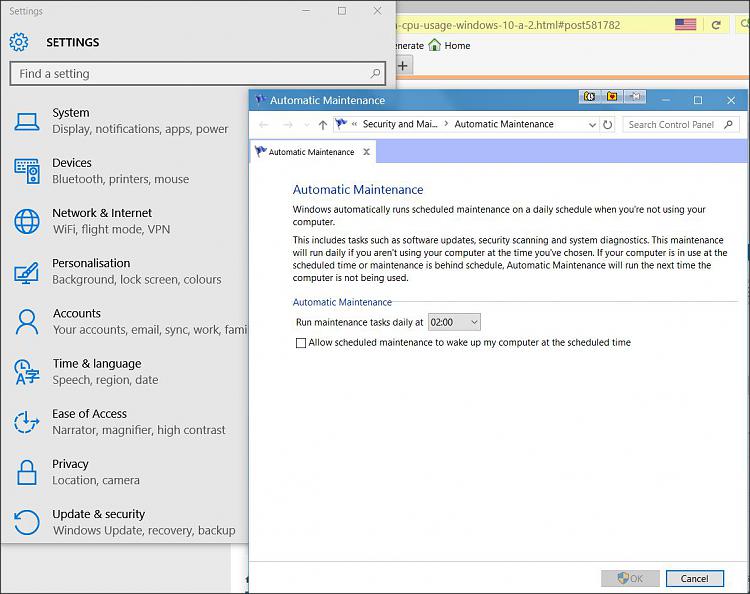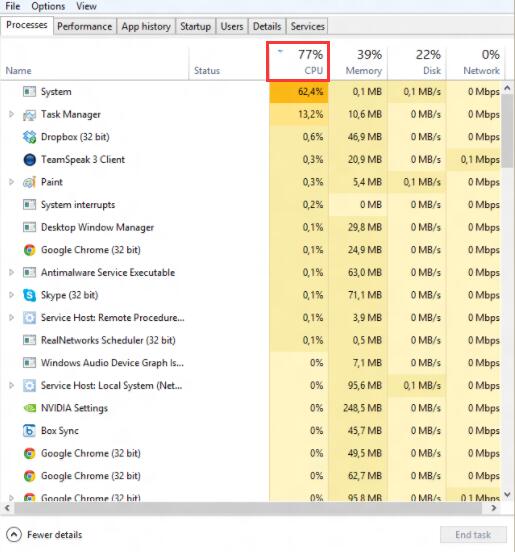
If your hard disk is fine then you may not get any error, if you got any error then there is a problem with your Hard Disk. Using BIOS: Also you can check your HDD or SDD health via the BIOS, Restart your system, and go to the BIOS settings > Advanced and under Advanced click on your HDD or SDD, there you may find Quick and Extended HDD check option. Download and install the Diagnostic tool and then run the Diagnostic tool. If you are using any specific Company HDD or SDD, you need to download the Diagnostic tool from the manufacturer’s website.
/img_01.png)
There are many ways to check your Hard Disk health, either you are using the HDD or SDD the checking process is the same. You need to run the Hardware Diagnostics. If you notice high disk and CPU utilization, then the first step in the troubleshooting process is to check the Hard Disk. Under Task Manager Click on the Process tab and check the CPU and Disk Utilization. Once you notice that your system is getting really slow, open the Task Manager by pressing Ctrl + Alt + Del and choose the Task Manager.

Follow the resolution methods one by one, and check if the disk usage is getting dip after each resolution method. To fix this issue we are going to check the entire computer from hardware to applications, If you are using a warranty laptop then we have given a specific way to check and resolve this issue.




 0 kommentar(er)
0 kommentar(er)
